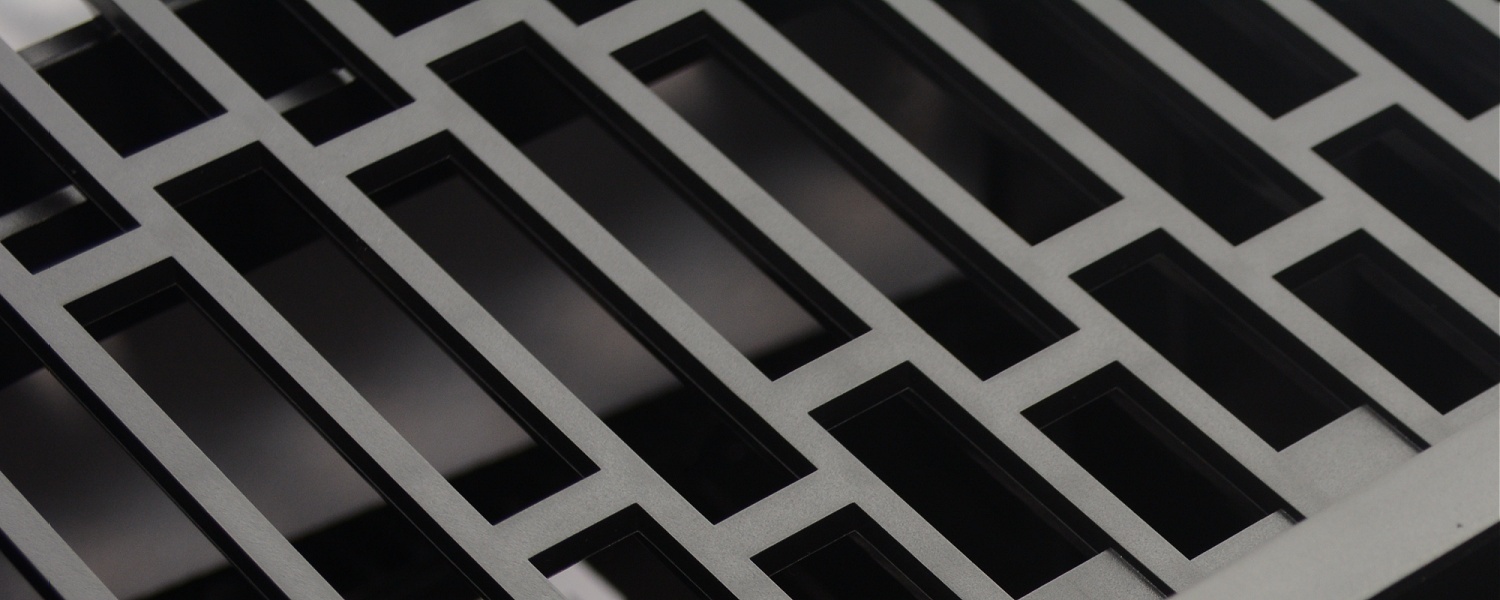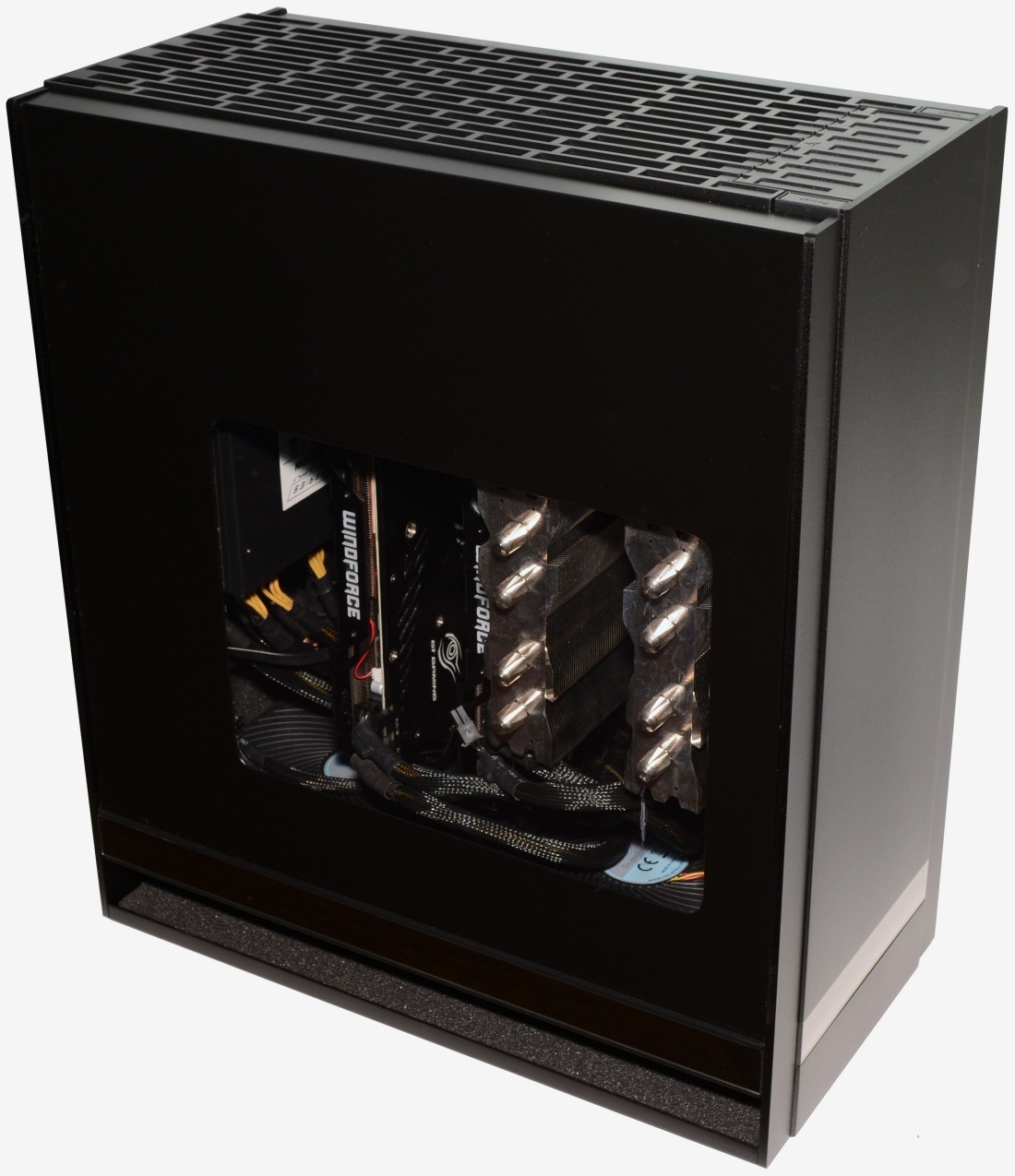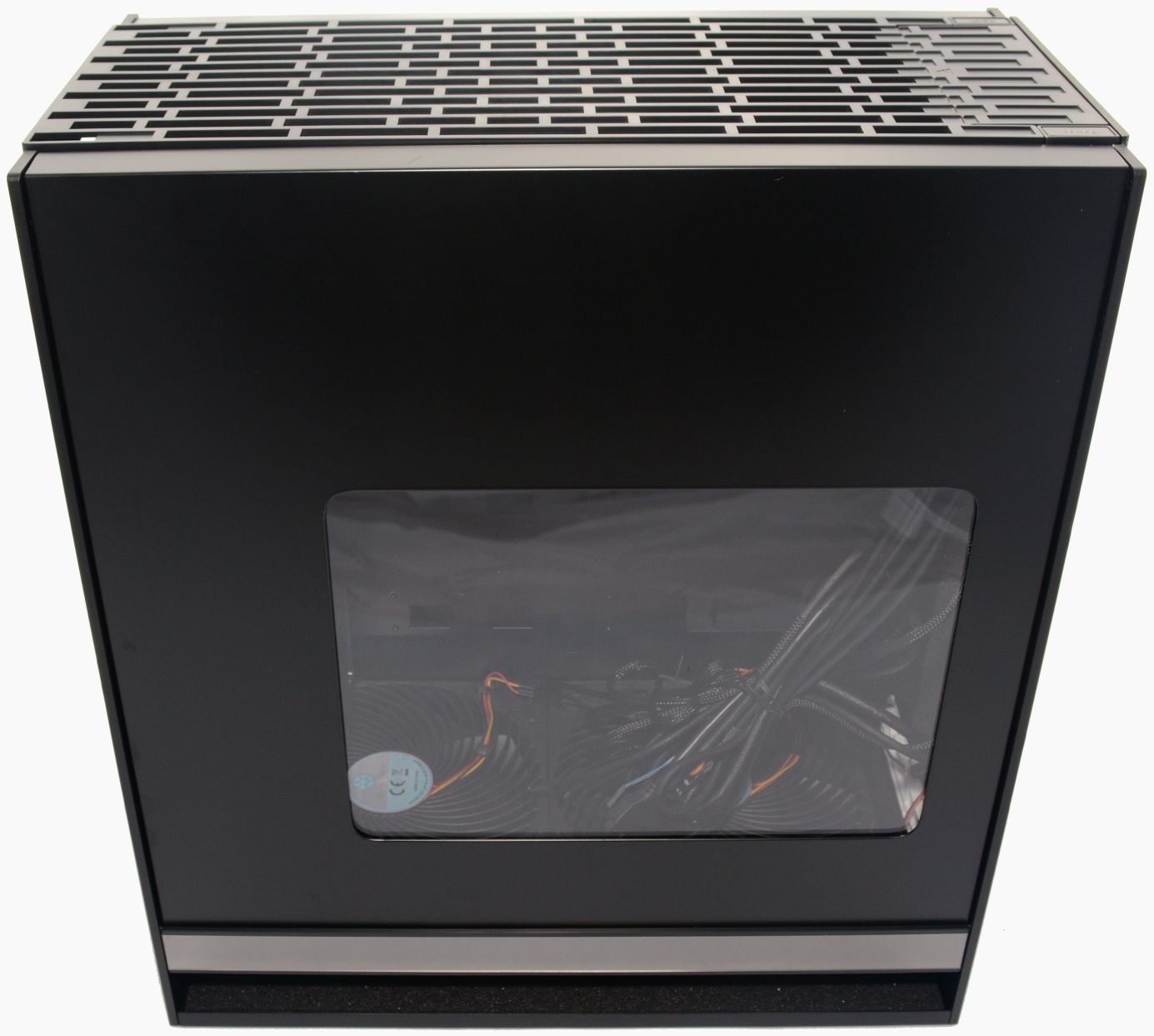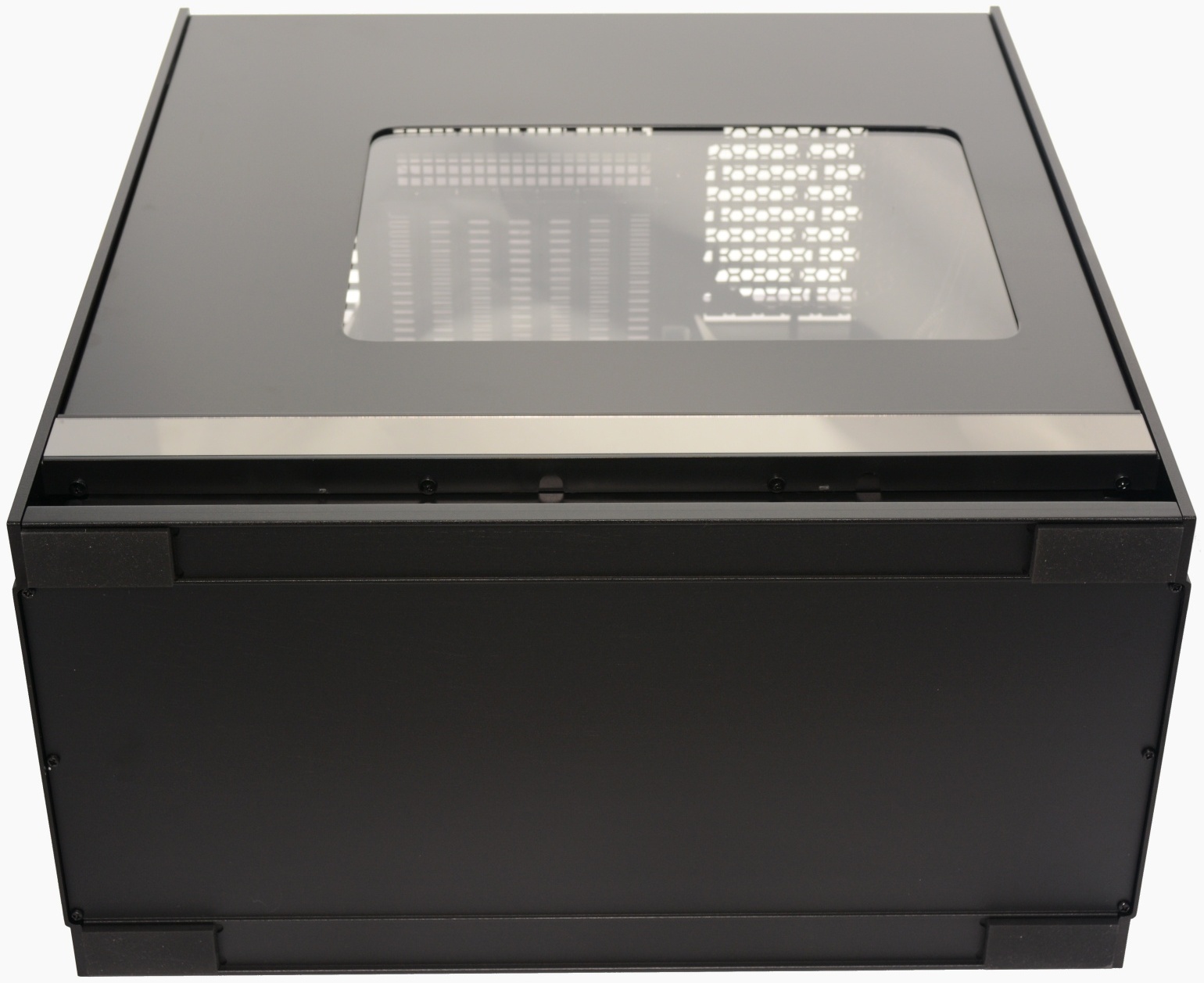As excited as we were to look at Silverstone's Raven 5 (RV05) a couple months back, the company's fifth installment of the popular case wasn't without fault. The Raven 5 does look great, offers solid thermals, runs quiet and costs a fair $115 for the windowed version (more affordable than previous models which were already great values), but we were turned off by some of its shortcomings.
Silverstone's "stacked" design might offer unbeatable cooling performance, but it makes the RV05 cramped inside, not least because of all the space wasted at the top of the case. The case suffers serious limitations in PSU support as larger 1000w capacity units – often required for SLI and Crossfire – won't fit unless you eliminate support for 3.5" drives. While some users were disappointed about certain aspects of the RV05's internals, others simply weren't in for the largely aggressive aesthetics.
Silverstone is aware of this and often creates a calmer, classier version of their extreme gaming cases, which is where the Fortress FT05 comes in. Note though, this isn't just a direct clone of the RV05. Whereas the RV05 is a 63.8L behemoth that stands 529mm tall, the FT05 is a more manageable 483mm tall with a 46L capacity, almost 30% smaller.
As I write this the Fortress FT05 isn't yet available in the US but based on prices in Australia it's going to be ~50% more expensive than the Raven RV05 at $200 or so.
Knowing that the FT05 is smaller – quite a lot smaller – we're looking forward to seeing what Silverstone has done to make its latest offering worth the premium.
Fortress FT05 External Design
The Silverstone Fortress FT05 resembles a standard mid-tower measuring just 427mm tall, which considerably shorter (55mm) than the FT04, along with being 60mm shorter than the RV03 and 70mm shorter than the FT02. In total, the FT05 offers a rather modest 46L capacity while the RV02 and RV01 were both over 50L.
Although the design is rather bland compared to many of the high-end cases that we've reviewed recently, bland is not necessarily bad, and in this case makes for a clean and tasteful looking enclosure in our opinion.
When it comes to curves, the FT05 has none and that alone makes it quite different to any Fortress case before it.
From the front, users are greeted with a solid panel with a small reflective strip embedded in the bottom featuring the Silverstone brand name and logo. There is also a small slot for optical storage when using a slim lot loading drive.
The I/O panel has been moved to the top of the case and this will provide easier access to users who wish to place the Fortress 5 under their desk, for example. Included in the top panel I/O are two USB 3.0 ports, two audio jacks with the power and reset buttons merged into the design at either side of the I/O panel.
With the system's guts rotated by 90-degrees, the motherboard and expansion connectivity protrude from the top of the case and are covered by a well-ventilated lid that is easily removable. The lid itself is the aggressive part of the case, featuring a unique design that provides excellent ventilation.
The rear of the Fortress 5, where you would typically find fans and motherboard connections, has nothing but a single 120mm fan grill. It's worth pointing out that the Fortress 5 is painted black inside, though this is a feature you would expect to find on any high-end gaming case today.
The left side is covered by a long, free-flowing door with a window to show off your hardware. The method of removing the doors is simply ingenious. After unclipping the top panel (which takes seconds) there is a push button at the top of each door. You simply need to press the button in and pull the door upward in a single movement.
Flipping the Fortress 5 upside down reveals very little as the case features a solid base with four small feet that raise it just millimeters off the ground. This is surprising given that that Fortress 5 is designed much like the Raven 5, meaning it sucks in cool air from the bottom.
Silverstone has included a small partition in the bottom of the case which allows the large internal fans to suck air from either side of the case. It is an effective design that doesn't just work well but also looks great.








